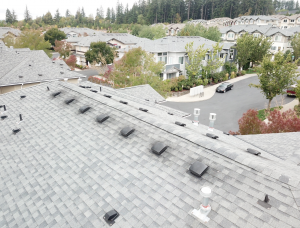
Too often, attic exhaust vent types are mixed, which can short-circuit the airflow pattern in the attic space. Photo: Jerry Becker
Airflow dynamics dictates avoiding it. The manufacturers’ Installation Instructions caution against it. Building Code cites it as a violation. And yet it remains one of the most questioned, challenged and, unfortunately, ignored tips offered during our best practices in residential attic ventilation seminars.
Is it really a problem to mix or combine different types of attic exhaust ventilation (ridge vents, wind turbines, gable louvers, box vents and power fans) on the same roof above a common attic? And if it is, why will you see it so often driving through any city in North America?
Lack of information, misunderstanding the science, and resistance to breaking old habits all contribute to the persistence of mixed exhaust vents on today’s roofs. We asked roofing contractors to share their experiences to help explain what could go wrong.
Problem No. 1: Inefficient Airflow
The main reason combining different types of exhaust vents is problematic is that it disturbs the proper flow of the attic air. To best help fight heat buildup, moisture buildup and ice dams, attic ventilation must be a balanced system of intake vents (placed low on the roof in the soffit or at the roof’s edge) and exhaust vents (placed at or near the roof’s peak). This allows the incoming cooler, drier air to enter the attic at the lowest possible location, flush out any built-up heat and moisture from inside the attic all along the entire underside of the roof deck, and push it out through the exhaust vents high on the roof.
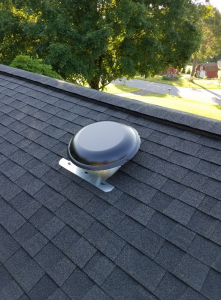
Power fans are a good exhaust vent option. So are ridge vents. But not when they are mixed together on the same roof above a common attic. Doing so could lead to inefficient airflow and weather infiltration. Photo: Sean Toms
But, if two or more different types of exhaust vents are in place, it short-circuits the system. Instead of the primary path of air being into the intake vents and out of the exhaust vents, the path is mostly between the two styles of exhaust vents. One of the types of exhaust vents becomes an intake vent because air will always follow the path of least resistance. Air will always look for the easiest, closest path to take. That path happens to be between the two types of exhaust vents. And that limits the distribution of the air to the upper region of the roof; or worse, it keeps the air circulating between the distances of the two vents closest to the peak. That is not the best way to remove heat and moisture buildup inside an attic.
“About five years ago, I had a seasoned roofer with me that just started working for our company,” recalls roofing consultant Jerry Becker, Roof Life of Oregon, Tigard, Oregon. “We walked up to this apartment complex and I noticed that there was a power fan alongside can vents (box vents) and very little intake ventilation. I placed a friendly bet with him stating that I know what the plywood already looks like underneath without looking at it. He argued with me and said, ‘This roof has plenty of ventilation; look at all the vents up top and it even has a fan!’ So, I told him that the plywood next to the fan and the closest can vents and up to the ridge is going to be perfect, but as soon as you drop down about a foot from the power fan the plywood will be as black as night.
“We go inside the attic and what do you think we found? Black microbial growth on the lower section of the roof. It was so black that it was wet. It is important not to mix exhaust vent types. It’s bad enough when you do it on a single dwelling home, but that same mistake in a multi-family home is deadly. Think of all the moisture that is created by all the families — the washer/dryer, dishwasher, sinks, showers and ourselves.”
Inefficient airflow not only can damage the roof deck but it can also prematurely age the asphalt shingles. “I see examples of this all the time,” says Trevor Atwell, owner, Atwell Exterior Services LLC, Greenville, North Carolina. “Premature aging of roofing materials, buckled sheathing and signs of rotten wood all due to the moisture and heat being trapped.”
Ironically, sometimes the desire to mix types of attic exhaust vents seems reasonable on the surface. The homeowner or the roofing contractor wants to improve the flow of air. Thus, adding more vents — even if they are different types — seems logical. But more is only better in this case if it’s more of the same type. If improved airflow is the goal, double-check if the correct type of exhaust vent is being used to match the size and design of the roof/attic and if it’s being supplied with a balanced amount of intake ventilation. Mixing exhaust is not the solution.
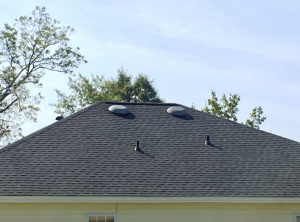
Box vents or power vents installed near a ridge vent can lead to inefficient airflow, which can damage the roof deck and prematurely age asphalt shingles. Photo: Trevor Atwell
“I have seen this in action and until it was explained to me why I should avoid it, the concept of mixed exhaust was a mystery I had to punt to a colleague or competitor” says Tim Chapin, owner, Your Safe and Healthy Home, Akron, Ohio. “I had a condo project with a very complex roof made even worse by the presence of ridge vents, gable vents, soffit vents, and box vents. I was amazed there was a problem because it seemed to be ventilated to the max. But now I know it was short-circuited.”
“We see it often with ridge vents and a power fan just below the ridge vent, or with box vents combined with ridge vents; sometimes all three. We call it the Ventilation Trifecta,” says Tom Picha, steep slope consultant, Affordable Roofing Inc., Aurora, Illinois. “More is good in some cases. Not all.”
“I had a house I was asked to inspect. The house had a ridge vent, box vents and vented drip edge on it,” says Jeffrey Heitzenrater, owner, Triple Peaks Roofing & Construction Inc., Westlake, Ohio. “The first thing wrong was two different types of exhaust vents. Upon a complete attic inspection, we found mold and mildew. The insulation was also packed tight at the bottom, blocking off the intake system the previous company installed. This particular roof was only eight years old and all the plywood is now bad. This was caused from the trifecta — no intake, box vents turning into intake and venting out of the ridge vent.”
Problem No. 2: Weather Infiltration
When you ask a vent to perform a task it has not been designed to tackle, you’re rolling the dice against Mother Nature. An exhaust vent mixed with another type of exhaust vent that suddenly is pulled into intake airflow duties as a result of short-circuiting is not only pulling in air, but whatever the air is carrying that very moment: rain, snow, debris. Exhaust vents are not designed to ingest anything.
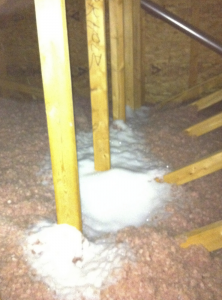
One of the consequences of mixing attic exhaust vent types can be weather infiltration, such as the snow in this photo. Photo: Ron Bastian
“In the winter when freezing rain turns into fine ice particles, I observed several times the lower exhaust vents on the roof becoming intake vents instead of exhaust as designed and drawing in ice particles and snow,” says Steve DuCharme, owner, Innovative Builders Roofing & Construction, Edmond, Oklahoma.
“I have witnessed snow ingestion into the attic due to mixed exhaust vents,” says Corey Ballweg, owner and president, Mid Towne Construction Inc., Cross Plains, Wisconsin.
“I recall an attic several years ago that had ridge vent and two power fans. They installed two because they were told one wouldn’t pull enough heat out,” says Paul Vosen, president, Degenhardt Home Improvement, Madison, Wisconsin. “The house had no overhangs and the attic floor was insulated with a good vapor barrier. I was there in the rain and both power fans were running. The attic was so tight that the power fans were actually pulling rain in through the ridge vent. Never have I seen that before — nor have I seen it since, but I never forgot it.”
The weather infiltration problems that can result from mixing exhaust vent types may not catch a homeowner’s attention right away. Not many homeowners regularly check their attic.
“I worked on a roof that did not have any intake vents at the soffit but did have two gable vents in addition, a power fan, and four box vents,” says Scott Dennison, president, Dennison Exterior Solutions & Gutter Topper, Saint Joseph, Michigan. “Over the brief 15-year life of the roof, when the power vent would turn on it turned the four box vents into intake vents which sucked water into the attic and destroyed the roof deck adjacent and below the vent.”
The most common exhaust mixture our seminar attendees tell us they see: gable end louvers combined with something else. Often the homeowner demands that the roofing contractor leave the gable end vent in place despite the fact a ridge vent is being installed as an exhaust vent improvement. The homeowner’s reasoning: The gable louver adds a decorative touch to the home’s exterior. Solution: Do what Ron Bastian does.
“I’ve noticed snow and wind-driven rain coming in a gable end vent which was combined with a ridge vent,” says Bastian, owner and president, Bastian Roofing Inc., Richfield, Wisconsin. “We closed up the gable end vent from inside the attic and this cured the problem I was called out for.” By closing up the gable vent from inside, the attic short-circuiting is eliminated and the homeowner can still enjoy the cosmetics from the exterior.
“We have witnessed numerous issues related to short-circuiting,” says Shawn Bellis, owner, EPIC Exteriors, Overland Park, Kansas. “We’ve seen fine wind-driven Midwest snow sucked into the exhaust vents — gable vents mixed with ridge vents, for example.”
There’s a Much Better Way
Inefficient airflow, mold, rotted decking, prematurely aging shingles, and weather infiltration into the attic does not have to be the final outcome. There’s a better way, but it may take a commitment to educating the homeowner and fellow roofing contractors. I believe that’s one of the reasons our best practices seminars are so well received.
“I had mixed attic ventilation on my own home,” says Sean Toms, quality control inspector, S & K Roofing, Eldersburg, Maryland. “After attending the seminar a few years ago, I looked in my attic. I had condensation on the roof nails. I had a ridge vent, fully vented soffit and gable vents. I closed the gable vents and added insulation to my attic floor. Problem solved.”
“I seem to run into mixed exhaust vents every week. Homeowners think that the more types of ventilation on the roof the better they are,” says Richard Turner, owner, RJ Turner Remodeling, LLC, High Point, North Carolina. “After explaining the things I have learned in the Air Vent Inc. seminars, they quickly understand the correct way things should be done.”
About the Author: Paul Scelsi is marketing communications manager at Air Vent Inc., and leader of its Attic Ventilation: Ask the Expert™ seminars. He’s also chairman of the Asphalt Roofing Manufacturers Association Ventilation Task Force. For more information, visit www.airvent.com.

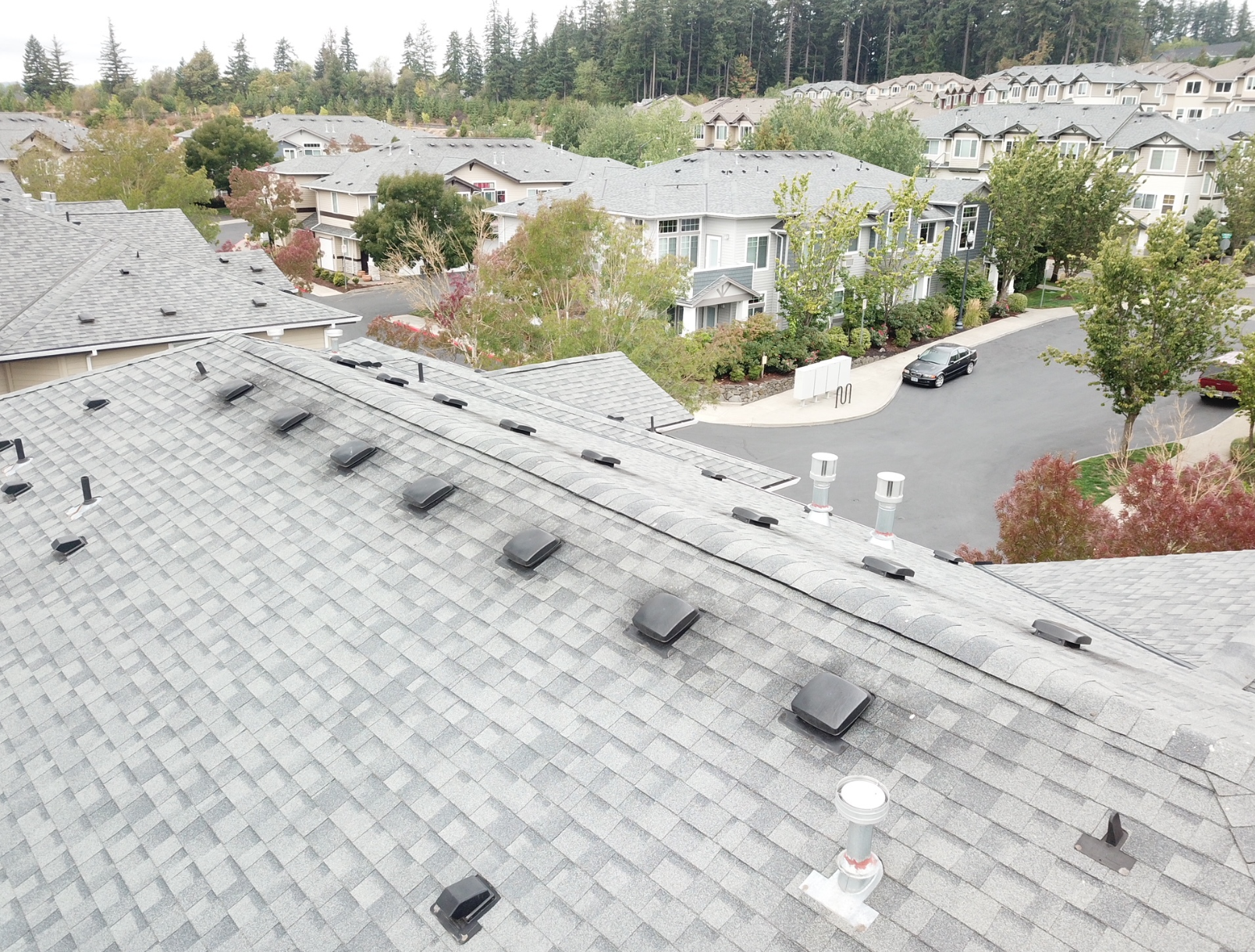
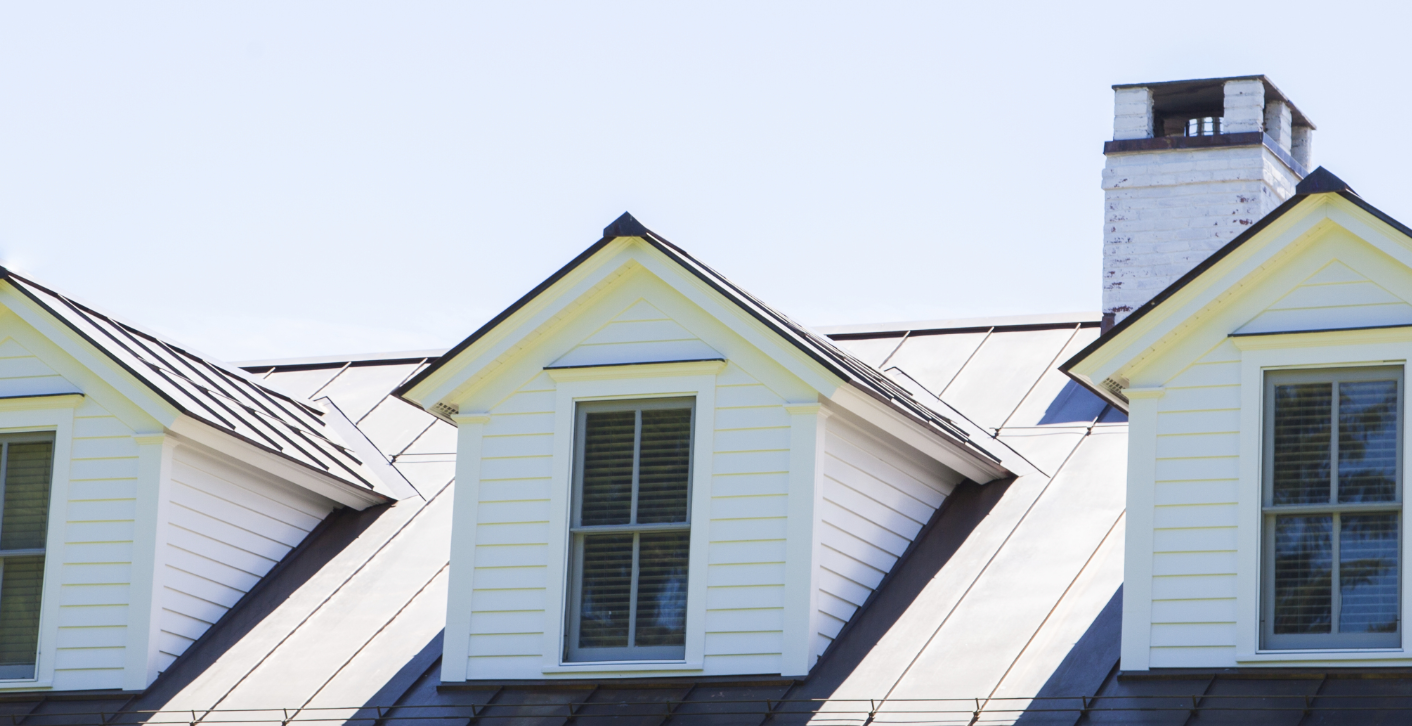
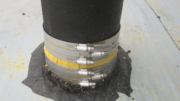
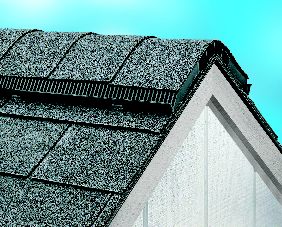

Question: Have any schools or universities done any studies on the eave vent and ridge vent combination as being the most effective system for residential attic ventilation? I’m a firm believer myself, but looking for some proof for some friends. Thanks!